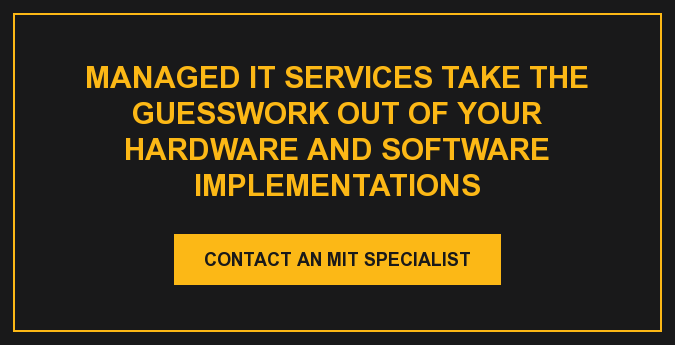We’re connected–all the time–and I’m not just talking about email and phone calls. I thought about this as I walked into my family’s business and the song I was listening to in my truck came on in the building. It was not coincidence. It’s because of the phone in my pocket.
Small business owners across the country have the ability to control the thermostat, turn on lights, view a live video feed of their office, lock doors and even program the coffee maker from their smartphone–from anywhere in the world. Technology, once limited to large enterprises, now puts the power in the hands of anyone with an Internet connection.
We call it the Internet of Things (IoT) or the Internet of Everything (IoE)–because it feels like everything is connected in some way. I’ve talked about these concepts for quite some time but this holiday season, we’ll see IoT come into its own. It’s becoming more affordable, easier to use and more effective.
The consumer market, unlike a decade ago, is driving the development and adoption of gadgets. And businesses are following suit. Here are three ways IoT takes over common business tasks:
3 IoT Examples For Workplace Applications

1. Make Coffee
Who needs to show up to get the coffee brewing for that early morning meeting? No one. Get it started before entering the office–from a smartphone at home–and greet everyone with the smell and taste of freshly brewed coffee. There are a series of smart coffee makers on the market, even some that produce specialty brews. Setup is as easy as plugging the coffee maker into an outlet and connecting it to the network. Bluetooth devices also are available, but limit the functionality to the next room.
2. Order Break And Meeting Supplies
Forget keeping lists and having someone run to the store for what you need. Many of the refrigerators on the market today are smart, detecting and automatically ordering supplies as you need them. It is similar to Marco’s Managed Print Services with smart printers sending an alert to us when they get low so we can proactively mail toner to the client. The smart refrigerators with touchscreens serve as interactive bulletin boards where organizations can leave messages for employees.
The features multiply with the integration of Amazon and other technology. The webOS-based LG InstaView, for example, connects with Amazon’s Alexa digital personal assistant. The refrigerators can share the weather, play music or even call an Uber. Yes, IoT does more than we need, but that’s another blog.
3. Lights, Camera, Action
Organizations can create end-to-end architecture that connects business lighting, entry and security systems with automation and control. But even the owners of small businesses have access to climate control, turning on and off lights and watching a live video surveillance feed–from their smartphones. It all stems from the same technology that alerts homeowners if their garage door is open after a certain period of time and allows them to close (or open it) with a click from anywhere in the world. The most powerful device in the world is a smartphone.
Is Your Network Ready For IoT?
Do you know what’s connected to your network? Now almost anything electric can be controlled from a smartphone and many connect without users even realizing it.
You can hardly buy a device that’s not smart today. “Smart” devices and IoT have become the standard and it can put a strain on your infrastructure. Is your network ready for IoT? You might need to assess your wireless architecture's ability support all of the new devices connecting to it. It needs to be ready because ready or not, here it comes.
